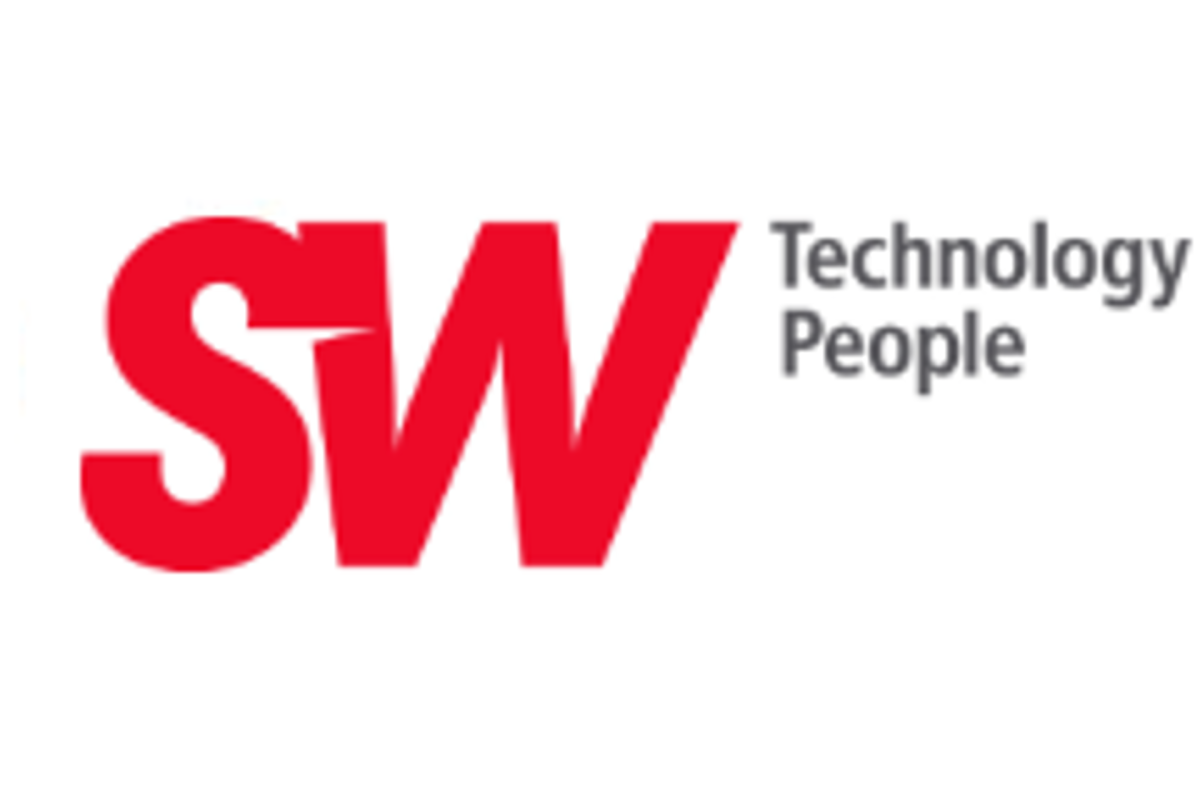Improving existing processes with new technologies, new products and services plus a new business model are the essence of digital transformation for Schwäbische Werkzeugmaschinen GmbH. However, the machine builder knows that new technologies alone are worthless without the right processes and culture within the company. According to the experts, the first step on the way to digital transformation therefore involves tackling organisational issues – technology comes after.

Making changes – just when things are going well
Schwäbische Werkzeugmaschinen tackles digital transformation

The time was right
Often, it’s bad news that inspires companies to make changes: Perhaps market shares haven’t developed as planned or new competitors have emerged. The situation is different for Schwäbische Werkzeugmaschinen GmbH (SW).
The machines at the company’s headquarters in Schramberg-Waldmössingen, Germany, set standards in many categories, customers swear by the company’s quality and capacity for innovation and the key figures have developed positively over the years.
Even so, the company’s managers still realised it was time to make some major changes because the opportunities provided by digital transformation can help the machine construction experts continue to develop innovative products and services. This requires the company to scrutinise its existing processes and offerings – without losing sight of its own roots.
Machine builder by nature
“We’re really good at finding technical solutions.” A bit of pride shines through when Johannes Zuckschwerdt, Head of Organisational Development/Project Portfolio Management at SW, summarises the strengths of his company. The company has been producing sophisticated, workpiece-specific manufacturing systems for metal machining for over 25 years. And the engineers on site have been reflecting on how to build machines that are more efficient for just as long. This spirit permeates SW: The ongoing aim is to embrace new technologies and developments and examine whether and how they can improve existing products and services.
This spirit permeates SW: The ongoing aim is to embrace new technologies and developments and examine whether and how they can improve existing products and services. It’s an attitude that helps the company get along – in the era of digital transformation too.
“Topics such as remote service or condition monitoring have been standard practice for us for a long time,” says Johannes Zuckschwerdt, describing the situation. “But new technologies are emerging now, in particular, the deep integration of IT technology in machines. These innovative technologies open up totally new possibilities for us and our customers.” It is conceivable then for the engineers at SW to not just have an eye on the efficiency of their own machines but instead focus on the productivity of the entire production processes of an SW customer. These are often processes where the manufacturing systems from Schramberg fit into a complex overall process. This thinking in terms of an overall system offers a whole range of advantages to users.
Thanks to the full transparency of data in manufacturing, the times for maintenance and repair work can be reduced, failure probabilities can be calculated and the flow of material can be controlled more precisely. Production that runs optimally is the goal. This requires the SW experts to collect and evaluate all the necessary data together with their customers – and not just for their own machines. This is a comprehensive further development of the company’s existing service that necessitates a realignment and new processes on the part of SW.
For the organisation experts, their company’s situation resembles that of an IT provider that previously made services available on premises and is now switching to software-as-a-service or cloud computing models: The new type of service has an impact on topics such as the development process, update policy, customer expectations or the cash flow of the software developer. New services can also have similar far-reaching consequences for SW as new models for the purchase and deployment of machines are conceivable here too. “In the past, we built machines, now we also deal with issues such as cloud technologies or the distribution of software,” says the programme manager, putting it in a nutshell. The aim is for the company itself to become a digital factory and make it possible for customers to enjoy the benefits offered by such a concept with the help of SW. Altogether, a wide-ranging topic that the decision makers at SW have approached step by step.
It all begins with processes and culture
Even though SW is a very technically oriented company, technology was not the primary focus when tackling the challenges posed by digital transformation. At the beginning, the responsible parties were involved with analysing the company’s internal processes and culture. From the beginning, all those involved were fully aware that a simple one-to-one transfer of previous processes into a digital world would not make sense. When it comes to its processes and structures, SW has always been guided by the requirements of the market and by what makes most sense technically. It was now a matter of looking very closely at how things had been done before.

Company headquarters in Schramberg-Waldmössingen
One objective was to establish open structures and encourage an exchange of ideas between different departments. An essential prerequisite for the success of such an initiative is that the management team at SW support the issue and put the will to make change into practice. The managers therefore initiated an internal discussion that focussed on the further development of the company’s organisational structure.
The more the plans took shape, the more frequently the discussions also revolved around IT topics. For although technology was not initially the focus of the project, it was clear that suitable IT strategies, governance and infrastructure were the basis for a successful digital transformation. SW searched for an experienced partner to help them first analyse and optimise the existing IT setup. There were four service providers and the experts at adesso AG came out on top.
The IT specialists started their work and, as a first step, established the basis for controlling and implementing the company’s digital transformation. All those involved quickly realised that the collaboration involved more potential and topics than originally thought. “Our IT experts were in demand at the beginning,” remembers Robert Schulze, Project Manager at adesso. “We concentrated on quite traditional topics such as the application landscape in an international context or the setup and performance of the IT department.” As the project progressed, the range of tasks taken on by adesso was extended bit by bit. Robert Schulze’s team is now increasingly concerned with strategic or procedural issues, such as the IT strategy in the context of the company’s business strategy or the shaping of the digital transformation vision. This is an entirely logical development for Johannes Zuckschwerdt: “On the one hand, it simply works well on a personal level, which is an important factor when a team is working together closely. On the other hand, adesso provides its expertise and experience as an impartial adviser to help us solve our key problems.”
At the moment, SW and adesso are jointly involved in laying the foundations for the digital transformation of the company. Items on the agenda include developing standardised business processes, also in an international context, as well as establishing IT architecture that provides optimum support for these processes. The aim of all this is to be able to offer customers better machines, manufacturing systems and services – in a digital world as well.
Do you have any questions?
There is no website or brochure which can replace a personal meeting to talk about your goals and topics. We are looking forward to an appointment on site.